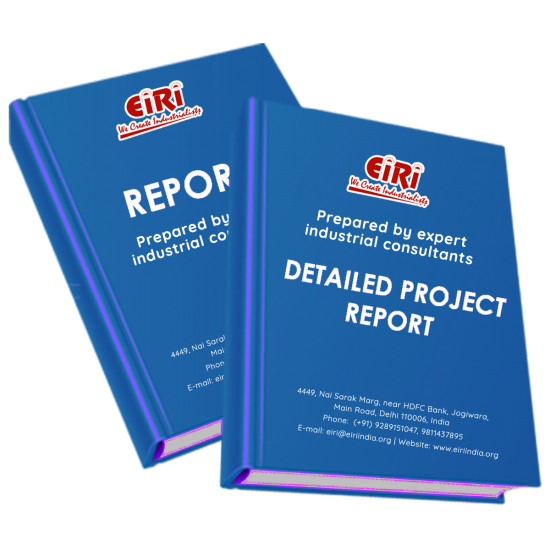Description
INTRODUCTION
LITHIUM IRON PHOSPHATE BATTERIES HAVE SEVERAL DISTINCTIVE FEATURES, INCLUDING:
LITHIUM IRON PHOSPHATE (LIFEPO4)
ADVANTAGES:
CONSTRUCTION OF LI FERRO PHOSPHATE BATTERY
CONSTRUCTION MATERIAL
COMPOSITION OF LITHIUM-ION BATTERIES
CATHODE
ANODE
ELECTROLYTE
SEPARATOR
CATHODE MATERIALS
ANODE MATERIALS
ELECTROLYTES
SEPARATORS
CHARGING AND DISCHARGING PHENOMINA IN LI ION BATTER
CHARACTERSTICS OF LIFEPO4 BATTERIES
SIZE OF LIFEPO4 CYLINDRICAL CELL
PRODUCT DETAILS:
DIFFERENT SHAPES OF LITHIUM FERRO PHOSPHATE CELLS
CYLINDRICAL:
PRISMATIC:
POUCH:
USES AND APPLICATION
ADVANCE APPLICATION OF LIFEPO4 IN HEV
B.I.S. SPECIFICATION
PROCESS FLOW CHART FOR CELL MANUFACTURING
MANUFACTURING PROCESS OF LITHIUM ION BATTERY
(1) MATERIAL PREPARATION AND MIXING
(2) COATING AND DRYING
(3) CALENDARING
(4) SEPARATION AND DRYING
(5) PACKAGE ASSEMBLY
(6) CONTACTING, HOUSING, AND FILLING WITH ELECTROLYTE
(8) FORMING AND AGING PROCESS
(9) AMBIENT CONDITIONS FOR BATTERY PRODUCTION
(10) TESTING PROCESS
(A) THERMAL PERFORMANCE TESTS –
(B) COLD START TESTS –
(C) CAPACITY TESTS –
(D) PULSE POWER TESTS –
(E) SELF-DISCHARGE TESTS –
(F) ENERGY EFFICIENCY TESTS –
(G) CYCLIC LIFE TESTS –
(H) CALENDAR LIFE TESTS –
(I) REFERENCE PERFORMANCE TESTS –
PROCESS FLOW CHART FOR BATTERY ASSEMBLING
ASSEMBLING PROCESS OF LITHIUM ION BATTERY
1. CELL SORTING:
2. MODULE ASSEMBLY:
3. PACK ASSEMBLY:
4. FINAL TESTING AND STORAGE:
PLANT AND MACHINERY EQUIPMENT FOR CELL MANUFACTURING
MIXING MACHINE
GENERAL SPECIFICATION
TECHNICAL SPECIFICATION
COATING MACHINE
AUTO SINGLE COATING MACHINE
AUTO DOUBLE COATING MACHINE
SLITING MACHINE
GENERAL SPECIFICATION
TECHNICAL SPECIFICATION
ROLL PRESS MACHINE
GENERAL SPECIFICATION
TECHNICAL SPECIFICATION
WINDING MACHINE
ELECTROLYTE FILLING MACHINE
EQUIPMENTS FOR ASSEMBLY
1. LINEAR WORKPIECE CARRIER TRANSFER SYSTEM
2. PRE-ASSEMBLY STATION
3. AUTOMATIC MODULE ASSEMBLY STATION
A. ASSEMBLY OF SECOND SIDE PLATE
B. AUTOMATIC LINE CHANGE
C. AUTOMATIC LASER WELDING STATION
MARKET POSITION
SUPPLIERS OF LIFEPO4 BATTRY PACK
SUPPLIERS OF RAW MATERIALS
SUPPLIERS OF COPPER FOIL
SUPPLIERS OF ALUMINIUM FOIL
SUPPLIERS OF GRAPHITE POWDER
SUPPLIERS OF LITHIUM IRON PHOSPHATE
SUPPLIERS OF POLY ETHYLINE OXIDE
SUPPLIERS OF POLY VINYAL DI FLORIDE
SUPPLIERS OF CARBON BLACK
SUPPLIERS OF N-METHYL PYRROLIDENE (NMP)
INDIAN SUPPLIERS OF COMPELETE LIFEPO4 CELL PRODUCTION LINE
SUPPLIERS OF PLANT AND MACHINERY
SUPPLIERS OF SPOT WELDING MACHINE
SUPPLIERS OF CHINA
SUPPLIERS OF POWER TRANSFORMERS
SUPPLIERS OF ELECTRICAL PANEL
SUPPLIERS OF ELECTRIC MOTOR
SUPPLIERS OF COOLING TOWER
SUPPLIERS OF EFFLUENT TREATMENT PLANT (ETP PLANT)
SUPPLIERS OF AIR POLLUTION CONTROL EQUIPMENTS
SUPPLIERS OF AIR CONDITIONING EQUIPMENTS
SUPPLIERS OF AIR COMPRESSORS
SUPPLIERS OF PLATFORM WEIGHING MACHINE
SUPPLIERS OF MATERIAL HANDLING EQUIPMENTS
SUPPLIERS OF FIRE FIGHTING EQUIPMENTS
SUPPLIERS OF JIGS AND FIXTURE
SUPPLIERS OF SUBMERSIBLE WATER PUMP
APPENDIX – A:
01. PLANT ECONOMICS
02. LAND & BUILDING
03. PLANT AND MACHINERY
04. OTHER FIXED ASSESTS
05. FIXED CAPITAL
06. RAW MATERIAL
07. SALARY AND WAGES
08. UTILITIES AND OVERHEADS
09. TOTAL WORKING CAPITAL
10. TOTAL CAPITAL INVESTMENT
11. COST OF PRODUCTION
12. TURN OVER/ANNUM
13. BREAK EVEN POINT
14. RESOURCES FOR FINANCE
15. INSTALMENT PAYABLE IN 5 YEARS
16. DEPRECIATION CHART FOR 5 YEARS
17. PROFIT ANALYSIS FOR 5 YEARS
18. PROJECTED BALANCE SHEET FOR (5 YEARS)



